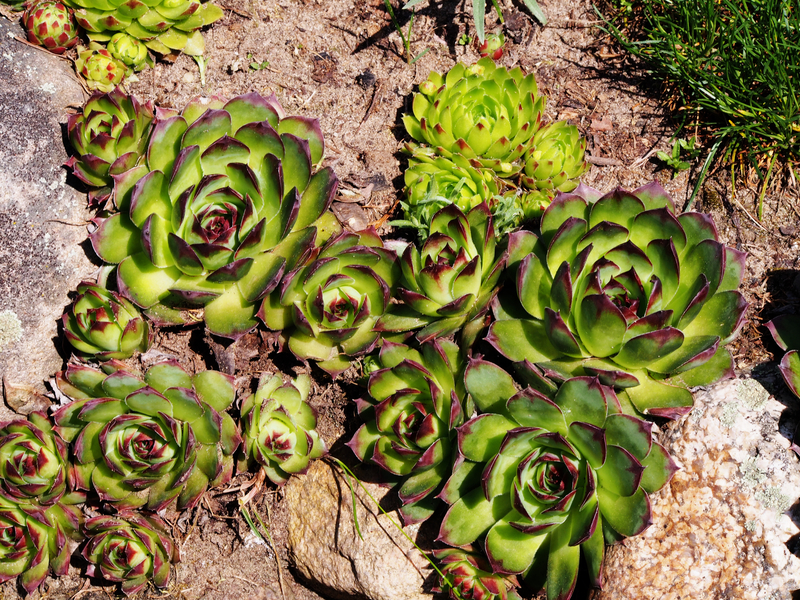Main Factors Behind Yellow Spots in Lawns
Posted on 10/04/2025
Main Factors Behind Yellow Spots in Lawns
Maintaining a lush, green lawn can be a challenge, especially when yellow spots start to appear. Yellow spots in lawns are not only an eyesore but also a potential indicator of underlying issues. Understanding the root causes can help you address and prevent these problems, ensuring your lawn remains healthy and vibrant.
1. Nutrient Deficiencies
One of the most common reasons for yellow spots in lawns is a lack of essential nutrients. Lawns require a balanced supply of nitrogen, phosphorus, and potassium for healthy growth. A deficiency in any of these nutrients, especially nitrogen, can lead to yellowing grass.

2. Poor Soil Quality
Soil quality plays a crucial role in the health of your lawn. Compacted soil prevents water, oxygen, and nutrients from reaching the grass roots. Additionally, soils with unbalanced pH levels can also cause yellow patches. Lawns generally thrive in slightly acidic to neutral pH levels.
3. Overwatering and Underwatering
Both overwatering and underwatering can lead to yellow spots in lawns. Overwatering can cause root rot and fungal diseases, while underwatering deprives the grass of necessary moisture. It's essential to water your lawn appropriately, considering the type of grass and local climate conditions.
4. Pest Infestations
Pests such as grubs, chinch bugs, and sod webworms can wreak havoc on your lawn, causing yellow and brown spots. These pests feed on grass roots and stems, weakening and eventually killing the grass. Regular lawn inspections can help detect and control pest infestations early.
5. Fungal Diseases
Fungal diseases like dollar spot, fairy ring, and summer patch can also cause yellow spots. These fungi thrive in warm, humid conditions and can spread rapidly. Proper lawn care practices, such as mowing at the correct height and avoiding excessive watering, can help prevent fungal infections.
6. Pet Urine
Pet urine, especially from dogs, contains high levels of nitrogen that can cause yellow or brown spots in the lawn. The concentrated nitrogen essentially "burns" the grass. Training pets to use designated areas or diluting urine spots with water can mitigate the damage.
Pros and Cons of Dealing with Yellow Spots
Pros:
- Improved lawn aesthetics
- Healthier grass growth
- Enhanced property value
- Reduced likelihood of diseases and pests
Cons:
- Time-consuming maintenance
- Potential costs for treatments and repairs
- Need for ongoing monitoring
- Possible need for professional help
Tips for Preventing Yellow Spots
- Conduct a soil test: Determine nutrient levels and pH to adjust fertilization accordingly.
- Water wisely: Water your lawn deeply but infrequently to encourage deep root growth.
- Aerate the lawn: Regularly aerate to avoid soil compaction and enhance water and nutrient absorption.
- Use pest control: Employ natural or chemical pest control methods as required.
- Rotate pet areas: Train your pets to use different areas to prevent nitrogen buildup in one spot.
- Monitor for diseases: Keep an eye out for signs of fungal infections and treat promptly.

Key Takeaways
- Yellow spots in lawns are often due to nutrient deficiencies, poor soil quality, improper watering, pest infestations, fungal diseases, or pet urine damage.
- Regular lawn maintenance, including soil testing, proper watering, aeration, and pest control, is crucial to prevent and address yellow spots.
- Understanding the specific cause of yellow spots will allow for more effective and targeted treatments.
Conclusion
Yellow spots in lawns are a common issue that can be tackled with proper lawn care practices. From nutrient management to pest control, understanding the various factors that contribute to these unsightly patches will help you maintain a healthy and beautiful lawn. Addressing the root causes and implementing preventative measures will ensure your lawn remains green and vibrant year-round.
By staying proactive and diligent, you'll not only improve the appearance of your lawn but also create a resilient environment that can withstand various stressors. Remember, the key to a lush, green lawn lies in consistent care and attention to detail.












